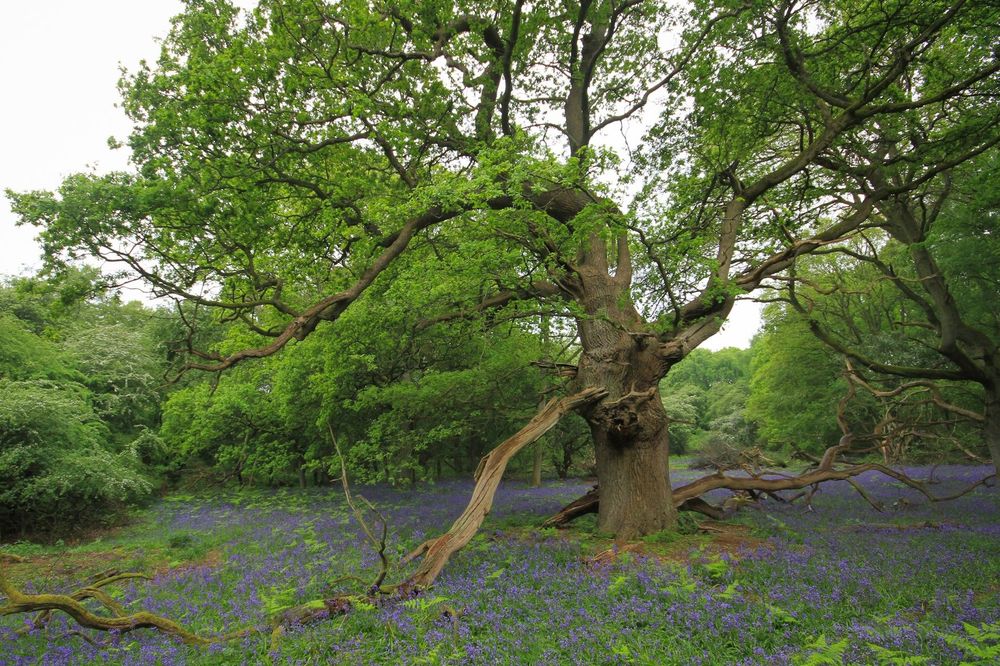England's ancient woodlands and trees are given greater protection, or are they?
11/22/2018 | Hannah Boylan

In July this year, England’s National Planning Policy Framework (NPPF) was published, a policy document concerned with how best to build new housing in the country. Extra protection has been given to ancient woodland and, after a strong campaign by the Woodland Trust, the Ancient Tree Forum and of course TREEspect and its director Rob McBride, in the consultancy stage, it now includes ancient and / or veteran trees.
This policy replaces the previous 2012 planning policy that protected ancient woodlands, aged and veteran trees unless ‘the need for, and benefits of, the development in that location clearly outweigh the loss’. Which, with lack of housing being a major issue in England, was a tricky battle to win.

The current wording of the policy not only mentions ancient trees, but also has solid definitions of the words within the document, and states that development should be refused unless there are ‘wholly exceptional reasons’ which seems a much stronger statement. However, the wholly exceptional reasons given as acceptable are ‘For example, infrastructure projects (including nationally significant infrastructure projects, orders under the Transport and Works Act and hybrid bills), where the public benefit would clearly outweigh the loss or deterioration of habitat.’ This would include controversial projects such as HS2 a high speed railway project which is threatening to go through up to 35 ancient woodlands, including phase 2.
So, although the news is on the whole positive, it remains to be seen how and whether developers can gain development approval easily or not in these diverse and vulnerable habitats.
Share


